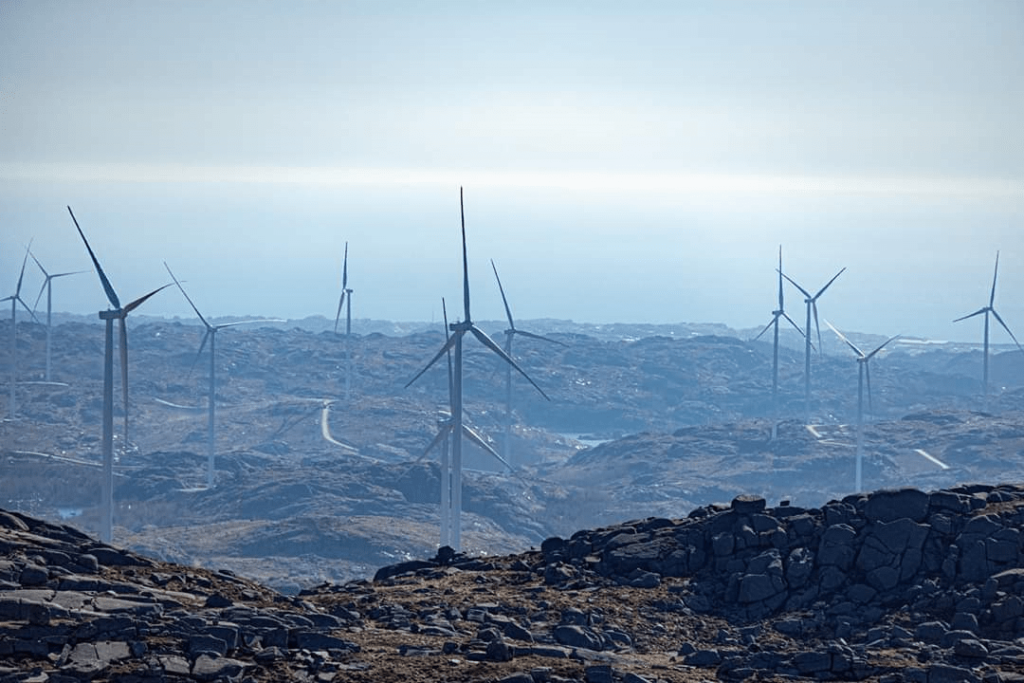
By Christina Fjeldavli, English translation by Laura Saetveit Miles
Population and elected officials believed wind power could save the world from climate change. Instead, we were tricked by smart companies and business people who make quick money by destroying nature and selling the community’s resources out of the country. Wind power does not solve any problems, it only creates new ones. We do not save the climate by destroying nature.
Nature stabilizes the climate
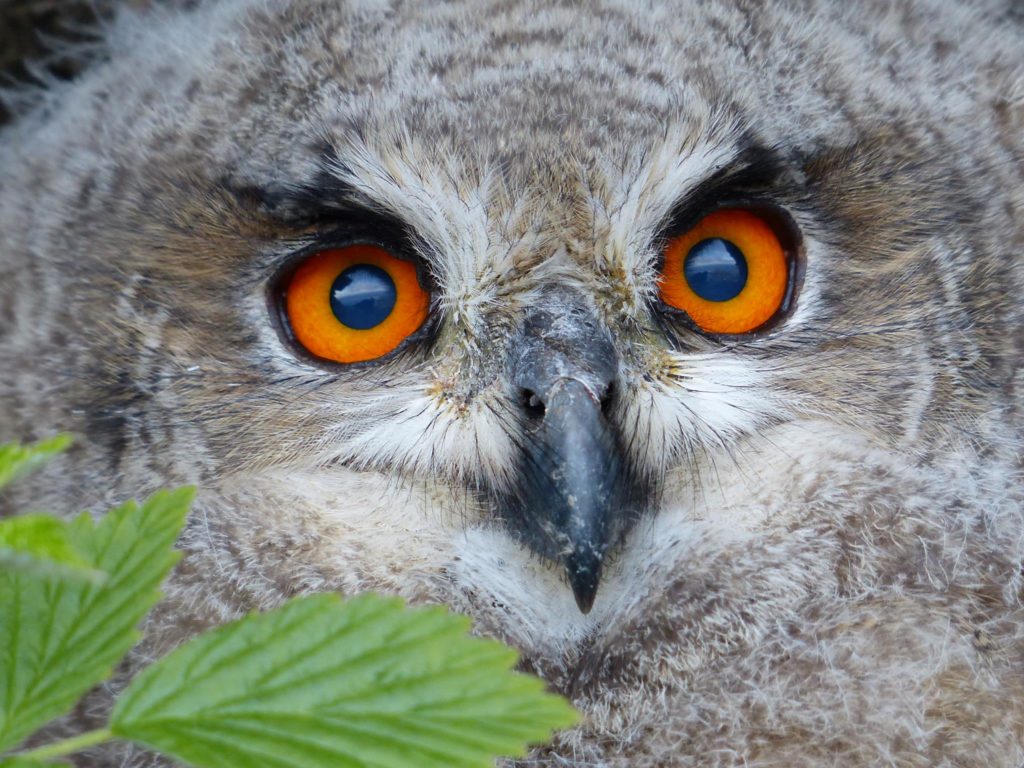
The best we can do for the climate is to take care of nature, the Norwegian Institute for Nature Research (NINA) concludes in its recent report “Carbon storage in Norwegian ecosystems” (2020). Wind power is not environmentally friendly when ecosystems are destroyed. The UN’s nature panel’s latest report documents that the loss of habitats is the most important reason why up to one million species are endangered. The wind industry is very area-intensive. A 200-meter turbine requires an installation platform the size of a football pitch. In addition, huge roads have to be built to transport the turbine parts. Shadows, infrasound, and falling ice pose a significant health risk to animals, birds, insects, and humans over large areas. Turbines contain toxins that can leak into nature. Production and shipping also cause emissions. In addition, massive amounts of waste are produced for which there is no disposal plan.
A few people profit, while the community loses its nature
Wind turbines produce when the wind blows, which is approx. 1/3 of the time. When there is no wind, hydropower supplies electricity in Norway. Hydropower acts as a balancing force. In Europe, where there is coal, nuclear, and gas power, it is these energy sources that supply power when the wind is not blowing. Wind power is expensive energy. Although the turbines have become more efficient, large investments are required in distribution, substations, and power lines.
Norwegian consumers finance these costs through the ‘electric grid rent.’ Consumers pay for this, but the Norwegian Water Resources and Energy Directorate (NVE) does not allow the electric companies to explain this on electric bills. Wind power is also subsidized through so-called ‘green certificates’. Parliament (Storting) has adopted favorable depreciation rules which make investments in wind power significantly more lucrative for investors than all other renewable power production such as solar power, hydropower, biogas, etc. Nonetheless, modernization of existing hydropower plants in Norway will be more efficient than onshore wind power, according to HydroCen at NTNU. It is unfortunate that hydropower is taxed so that efficiency does not pay off, at the same time as the wind industry is rewarded for completely new destruction of nature.
Birds are injured and killed by the wind industry
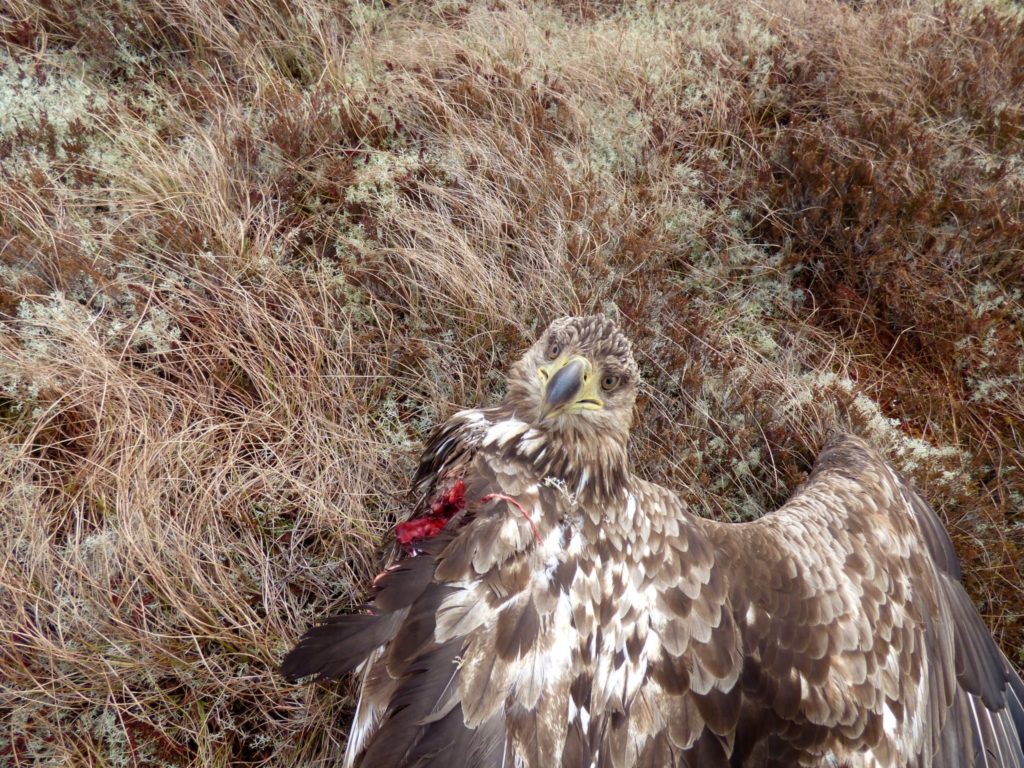
Senior researcher Torgeir Nygård at the Norwegian Institute for Nature Research (NINA) reports that over a hundred sea eagles have been found killed by wind turbines at Smøla. In total, the researchers have registered over 500 dead birds on the wind farm.
Also, off-shore wind threatens birdlife

The Havsul I off-shore wind turbine field, [if not stopped], together with the licensed Haram Wind Park, will cover a cross section of approx. 10 kilometers of the passage between the open sea and the mainland mountains (the beach surface landscape) which has some of the most concentrated migration of birds along the Norwegian coast. The Atlantic puffin is among the species that will have their existence threatened. Source: Norwegian Ornithological Society.
Sami reindeer husbandry destroyed
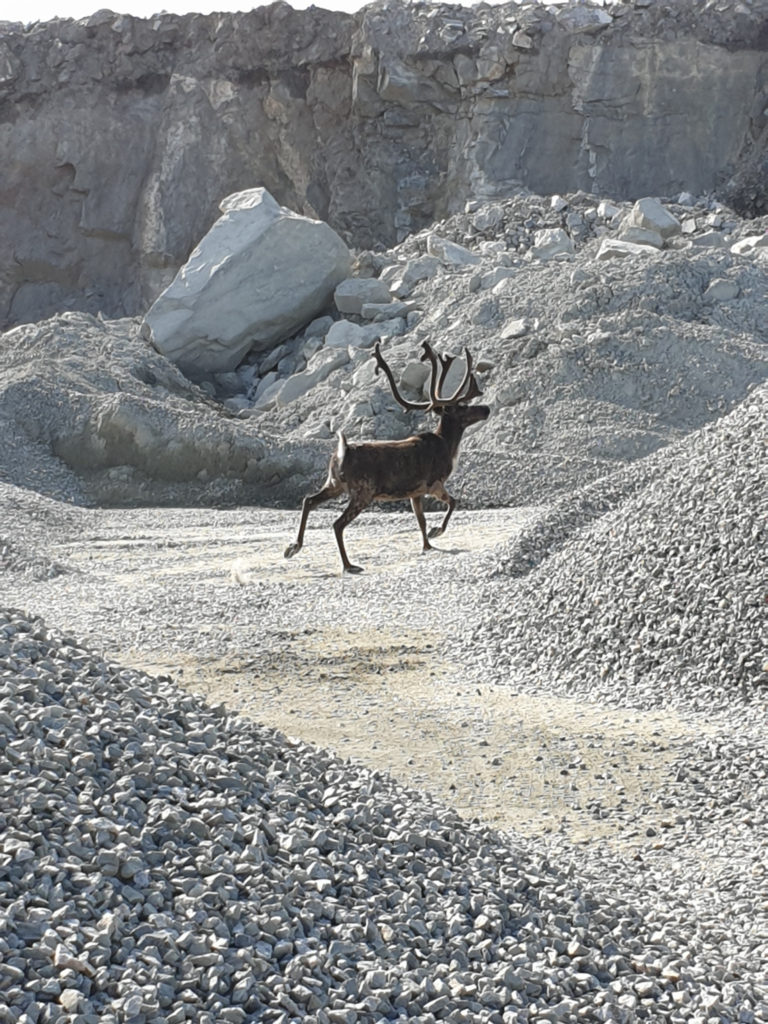
Since the middle of the 19th century, the Norwegian authorities tried to dismantle Sami culture through the so-called ‘Norwegianisation’ policy. From 1968-1982 we had the controversy surrounding the building of the Alta hydropower plant, which ended with Sami interests giving way to the demands of the majority population. Now in the twenty-first century, the Norwegian authorities are facilitating the demolition of one reindeer grazing district after another, through wind power development. So far, 33 licenses have been granted for wind power in reindeer grazing areas. Each of these means a threatened existence for reindeer herds and for families living off reindeer husbandry. At the same time, the wind industry is working systematically to map reindeer husbandry areas for new wind power applications (about 100 projects in total).
MOTVIND NORGE represents a broad opposition to the wind industry by means of demands on the Government and the Storting. MOTVIND NORGE is the people’s movement that stops the wind industry and gives nature back to the people! We inform influence, act, document, file objections, and go to court. We need many members to make all this happen.


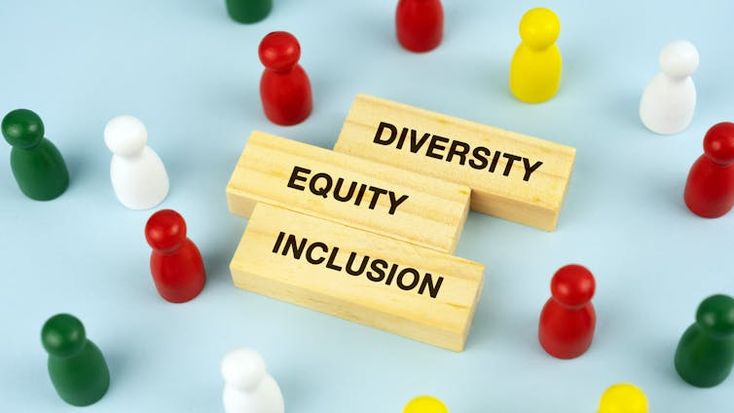
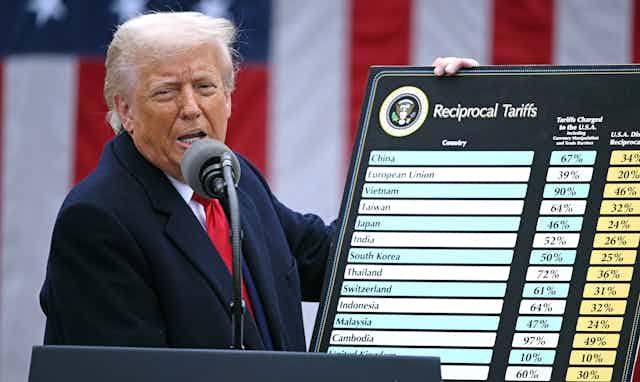
38 Comments
Pingback: The Winds They Are A-Changin' - Bergensia
Pingback: Norway wind farms at the heart of the Sami protest violate human rights, minister admits - Bergensia
Pingback: Motvind Norge reports the management and owners of the Storheia and Roan wind power plants in Fosen - Bergensia
Pingback: สอนแทงบอลออนไลน์ ด้วยราคาบอลน่าเล่นของ บอลเดี่ยว บอลเต็ง
Pingback: ยิง sms
Pingback: อพาร์ทเม้นท์
Pingback: iTunes gift card
Pingback: phim sex
Pingback: คอริ่ง
Pingback: tải sunwin
Pingback: see it here
Pingback: https://stealthex.io
Pingback: Bilad Alrafidain University
Pingback: m358
Pingback: slot online ทุนน้อย
Pingback: สายคอนโทรล
Pingback: รับนำเข้าสินค้าจากจีน
Pingback: นักสืบ
Pingback: รับทำประตูรั้วสแตนเลส เชียงใหม่
Pingback: Lottovip98
Pingback: JBO THAILAND
Pingback: Nova88max ปิดแล้ว เล่นที่ไหนต่อ ?
Pingback: official site
Pingback: ปั้มวิว
Pingback: mostbet descargar
Pingback: sawan789
Pingback: โคมไฟ
Pingback: Ricky Casino
Pingback: som777
Pingback: Games Global มีผลิตภัณฑ์ทั้งหมด
Pingback: เลขเด็ด987
Pingback: ผ้าโพลีเอสเตอร์
Pingback: pump diaphragm
Pingback: Wild Ape
Pingback: Wild Bounty Showdown
Pingback: endolift
Pingback: las vegas search engine optimization expert
Pingback: ระบบขายของออนไลน์